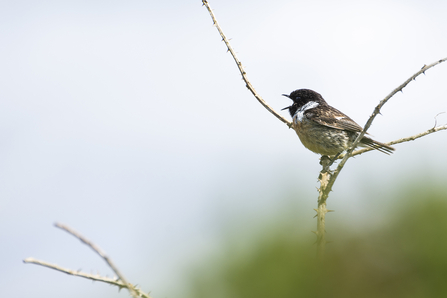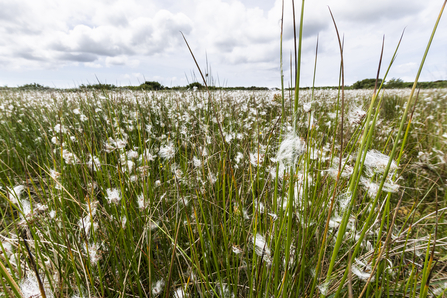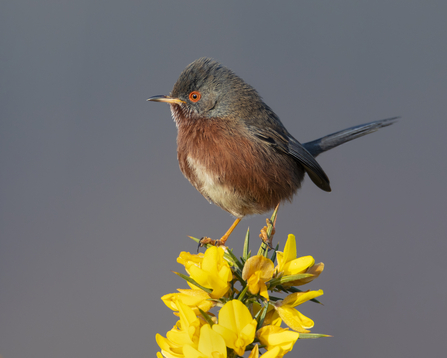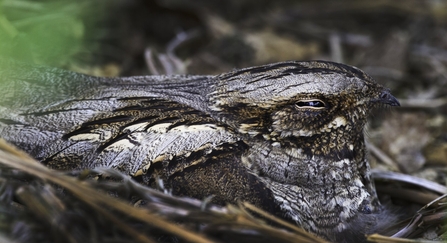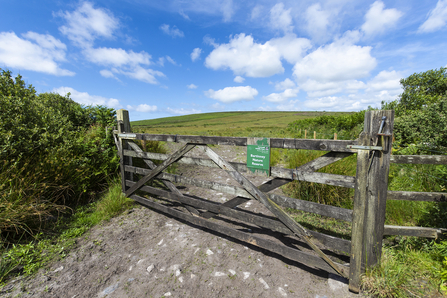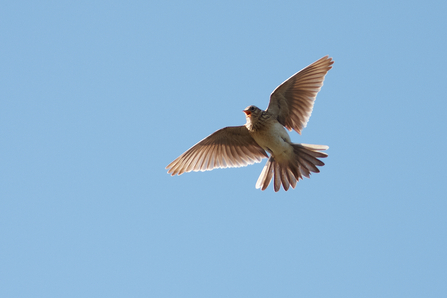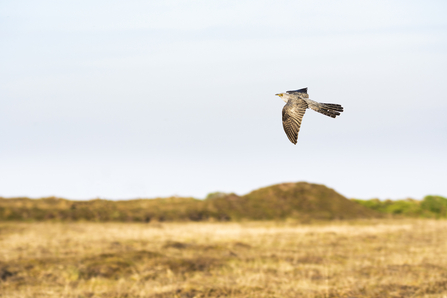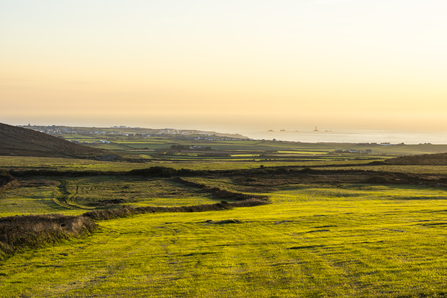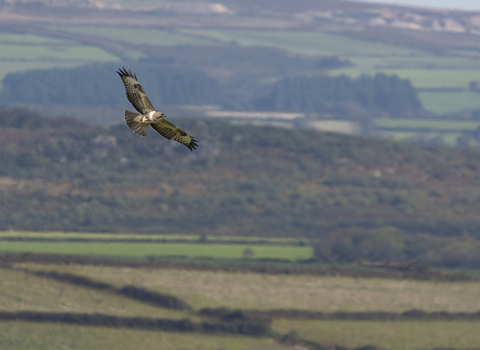Could you tell us about your role at Cornwall Wildlife Trust?
It's my job to oversee the management of the 20 nature reserves stretching from Truro to Lands End and over to Lizard Point, which amounts to 1,450 acres.
This includes the Penwith peninsula, which is amongst the remaining strongholds for lowland heath in the country.


